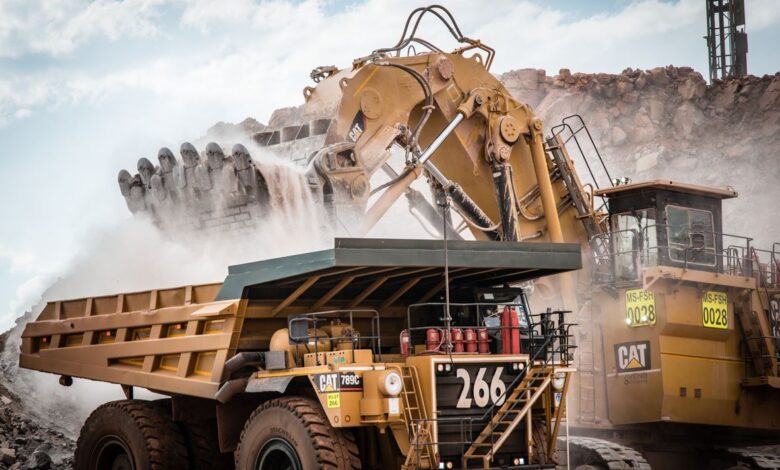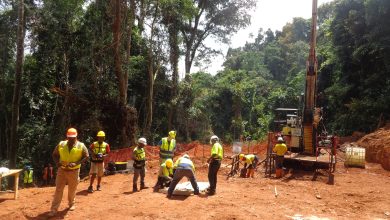
The combination of data and sensing technology is delivering steadily improved functionality to proximity detection systems. This is providing an avenue for mining companies to reduce vehicle-to-vehicle or vehicle-to-pedestrian mobile equipment-related accidents.
By Nick Barnes
As mining operations increase activities in pursuit of more revenue, they are grappling with new risks from mine to mill, as the expression goes: more risk, more reward. One of these is safety-related risks in fleet management. The more their fleet of mobile equipment is involved in operations, the more increased cases of collisions – whether vehicle-to-vehicle or vehicle-to-pedestrian – occur.
Proximity Detection Systems (PDS)
To minimise the impact of these risks, mining companies need Proximity Detection Systems (PDS) that speak to their specific needs. Compounding matters is that every mining operation faces unique risks.
Ultimately, for every mining operation, the impact of a collision event is far-reaching – downtime to operations, potential loss of revenue, and fatalities attracting heavy penalties.
In response, PDS providers are introducing solutions to help mining companies mitigate the risk of accidents. Interestingly, the opportunities opened by technological advances have led to an expanding scope of capabilities. This was evident at two recent exhibitions – the 2025 Electra Mining Africa and the 2025 Investing in African Mining Indaba – where leading industry players active in Africa showcased their products.
What’s trending?
There is so much happening that it’s difficult to keep track of everything.
Recently, Johannesburg-based PDS company Boyco Electronics shared information with Mining Business Africa that provides a clear picture. Anton Lourens, the company’s CEO, outlined the following developments defining contemporary PDS offerings:
- Single fully integrated solution
The combination of multiple sensing technologies into a single, fully integrated sensing solution is one example of the improved PDS offerings being developed. Software for these specific, comprehensive PDS requirements drives functional performance, optimising this solution. - Demand for processing power for sensors
As PDS technology evolves and matures, the demand for processing power and the ability to process multiple sensors has increased dramatically since the first basic PDS units were developed. Conveniently, the development of technologies -particularly artificial intelligence (AI) solutions and big data mining – has provided the PDS industry with the required processing platforms. A similar trend is unfolding in sensor technology, where rapid expansion has introduced more suppliers offering specific technology solutions that provide improved and more diverse functions.
iii. Central to mine automation
PDS will be central to the drive towards mine automation. Some stakeholders view it as the foundation for autonomous vehicles, particularly with the enhancements around Level 9 engineering control solutions for trackless mobile machines (TMMs).
- Different PDS requirements for different operations
Interestingly, various mining stakeholders and organisations are engaged in work streams to clearly define specific PDS requirements that are applicable to different operations. This is significant as, typically, labour-intensive operations have different requirements compared to automated operations.
Similarly, locally, there is more engagement from OEMs who play a key role in the proximity detection ecosystem. OEMs are also driving their own standards and regulatory compliance.
What integration brings
Integration enhances safety in the use of mobile equipment, mainly in the following areas:
- Data as a tool for change management
In addition to the standard PDS functionality, the user gains significant benefits from using the data as a tool for change management.
- High-risk areas
Beyond the ability to analyse traffic flow, mines can identify actual high-risk areas and implement mitigation interventions.
- Driver behaviour
With the deployment of additional integrated technology, the data can also be used to measure and improve operator behaviour. This could lead to productivity increases.
Effective mitigation
On the whole, integration of data and sensor technology has enabled mining companies to effectively mitigate vehicle-to-vehicle and vehicle-to-person accidents in mining operations and improve Level 9 compliance. What’s more, productivity translates into increased revenue.






